Features > Property News & Insights > Market updates
Home values and rents surge as listings hit record lows
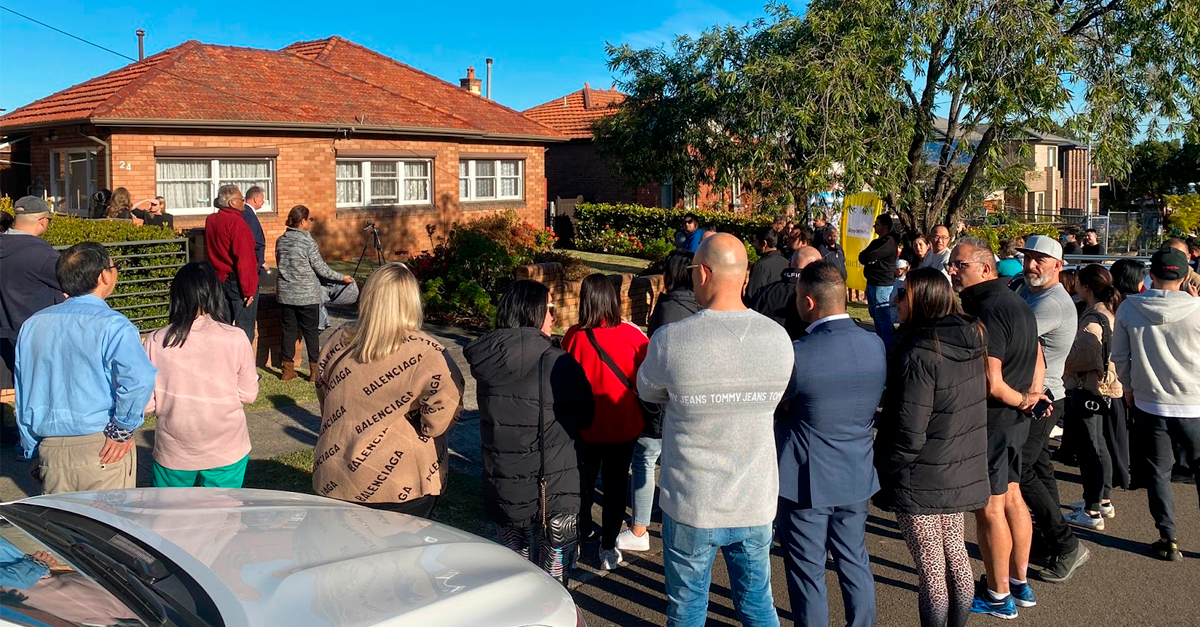
Image from Ray White Carrum Downs
KEY POINTS
- Cotality says national dwelling values jumped 0.8% in September 2025 and 2.2% over the past three months, the strongest pace in nearly two years
- Record low listings, combined with surging demand from lower rates and stronger confidence, are driving prices higher across every capital city and regional market
- Rental vacancy rates also dropped to a record-low 1.4% nationally, pushing rents up at their fastest pace in over a year
Australia’s housing market has hit a new peak in the Spring of 2025, gaining renewed momentum as property values climb on the back of record-low stock levels, strong buyer demand, and rising consumer confidence in the wake of interest rate cuts.
The latest figures from data analytics firm Cotality show national dwelling values rose 0.8% in September, marking the strongest monthly gain since October 2023.
They also show that over the three months to the end of September, values lifted 2.2%, accelerating from a 1.5% rise in the June quarter and more than doubling the 1.1% growth seen in the March quarter.
In dollar terms, that quarterly increase equates to an $18,215 jump in the value of a median Australian dwelling, taking it to $857,280.
The details
Cotality’s Research Director, Tim Lawless, says the results of the latest monthly Home Value Index point to broad-based growth across the country.
“Every capital city and rest-of-state region recorded an increase in dwelling values over the month, quarter and the most recent 12-month period,” Mr Lawless says.
“But the pace of growth is starting to diverge once again.”
The standout performers in Cotality’s September figures were Perth, Brisbane and Darwin, where growth has surged well above the national pace.
Perth values jumped 4% over the quarter to a new median home price of $855,267, while Brisbane was close behind with a 3.5% gain.
The median home (houses and units combined) in the Queensland capital is now a staggering $969,868 and seems set to pass the $1 million mark by the end of the year.
Fuelled by a resources boom, Darwin took top place with a striking 5.9% rise, taking median prices to $558,595.
Mr Lawless says a continuing lack of advertised stock continues to drive these markets higher.
“The number of homes for sale at the end of September was about 53% lower than average in Darwin, 45% below average in Perth and down 31% in Brisbane,” he notes.
“At the same time, estimates for quarterly home sales are tracking above average, demonstrating a clear disconnect between demand and supply.”
That imbalance, he said, is creating “severe upward pressure” on home prices in those cities.
The impact of rate cuts has also fuelled a significant jump in Australia’s most expensive capital city, with Sydney jumping 1% in just a month, taking median home prices to $1,241,054.
More properties on the market saw Melbourne grow at a slower and steadier 0.5% during September.
Median values in the Victorian capital are now $805,880, less than 65% of Sydney’s median, making it the third most affordable capital in Australia after Darwin and Hobart.
While house price growth is generally outpacing units in capital cities, Brisbane remains an outlier.
There, units have consistently risen faster than houses for seven straight quarters.
Mr Lawless attributes this to a severe supply shortage in Brisbane’s apartment market, with Perth and Hobart also seeing units outperform houses over the September quarter.
Listings scarce, selling conditions strong
Across the combined capitals, Cotality says lower-value dwellings at the “affordable” end of the market are no longer the only growth leaders.
Values in the broad middle tier rose 2.7%, slightly above the 2.6% gain for the lower quartile and well ahead of the 1.8% rise in the upper quartile.
Mr Lawless says this reflects improved borrowing power from recent rate cuts.
“Lower interest rates are supporting demand at slightly higher price points,” he explains.
Advertised housing supply remains well below average across the capitals.
Over the four weeks to September 28th, Cotality says listings were 18% lower than the previous five-year average, even as sales volumes ran 7.3% higher than average.
That’s created a competitive selling environment.
Auction clearance rates have hovered near 70% since mid-August, up from roughly 63% in the June quarter and 62% in March.
Mr Lawless says vendors are firmly in the driver’s seat in the busy Spring selling season.
Rental markets tighten further
Australia’s rental crisis also deepened in September, with the national vacancy rate falling to a new record low of 1.4%.
Only 1.1% of units and 1.7% of houses were available for lease, while rents accelerated again, with Cotality’s national Rental Index rising 1.4% for the quarter, the fastest pace since June 2024.
Rents in Darwin climbed 2.9% in just three months, followed by Hobart (1.9%) and Perth (1.7%).
Adelaide (0.4%) and Melbourne (0.8%) saw the smallest rent increases.
Mr Lawless warns that the shortage of homes for rent shows no signs of easing.
“The bad news for renters is that rental listings are continuing to trend lower,” he says.
“Over the four weeks ending September 28, the number of rental properties listed for rent nationally was tracking around 25% below the previous five-year average.”
The acceleration in rents, he adds, could spill over into broader inflation measures.
“Given the large weighting rental costs have in the consumer price index…the recent re-acceleration in rents could have implications for inflation down the track,” he notes.
Interest rate cuts and confidence fuel demand
The Reserve Bank’s cumulative 75 basis points in cuts to the cash rate since February have played a critical role in lifting activity.
“Borrowing capacity (based on the median household income of $106,000) has increased by around 7.0% since the first rate cut in February, and lower interest rates have supported a lift in consumer sentiment, which is important for high-commitment decision-making,” the Cotality Research Director says.
Consumer confidence, though dipping slightly in September, remains 12.8% higher than a year ago, according to Westpac and the Melbourne Institute.
At the same time, real wages growth of 1.3% per annum is at its highest since 2020, well above the pre-COVID average of 0.5%.
Tight labour markets are adding to the momentum, with unemployment at 4.2% and underemployment at 5.7%, the lowest since 1991.
First Home Guarantee adds fuel to the market
The Federal Government’s expanded Home Deposit Guarantee took effect on October the 1st, allowing eligible buyers to enter the market with just a 5% deposit and without lenders mortgage insurance.
Tim Lawless says the scheme is already shifting demand patterns.
“Amid already scarce supply, prospective first home buyers looking to utilise the deposit guarantee may be feeling anxious as competition among buyers picks up,” he says.
“We could see the value of houses in well-located areas, recently unlocked by the expanded caps, surpass those new price caps quite rapidly.”
The outlook
Despite the increased home price growth, affordability remains a key restraint.
Nationally, the dwelling value-to-income ratio sits at 7.9 times, only marginally off record highs.
In Sydney, the figure is an extraordinary 9.6 times the median household income.
Tim Lawless says while demand is clearly strong, stretched affordability will keep the market’s growth rate “in check.”
Nevertheless, he expects a lot more price growth to come.
“The Spring selling season is shaping up to be a strong one, with vendors claiming the driver’s seat,” he says.
“Low advertised stock levels and higher buyer demand are a recipe for solid selling conditions that will likely see prices lift further through Spring and into the end of the year.”
Stay Up to Date
with the Latest Australian Property News, Insights & Education.




.png?width=292&height=292&name=Copy%20Link%20(1).png)
 SIGN UP FOR FREE NEWSLETTER
SIGN UP FOR FREE NEWSLETTER
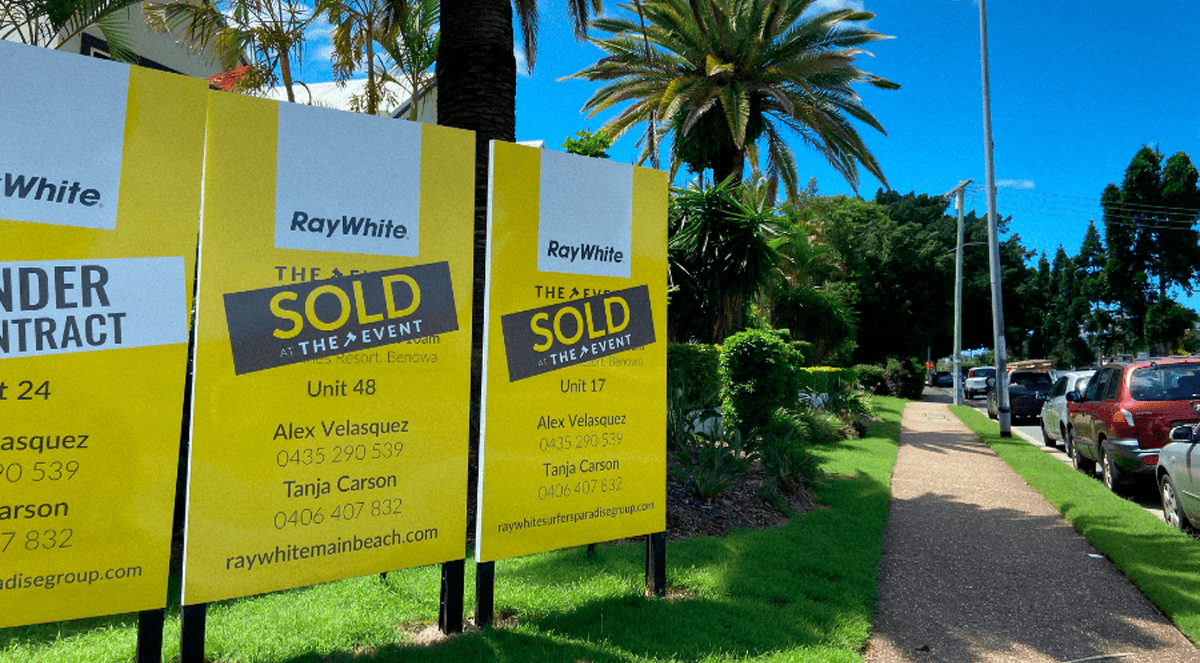
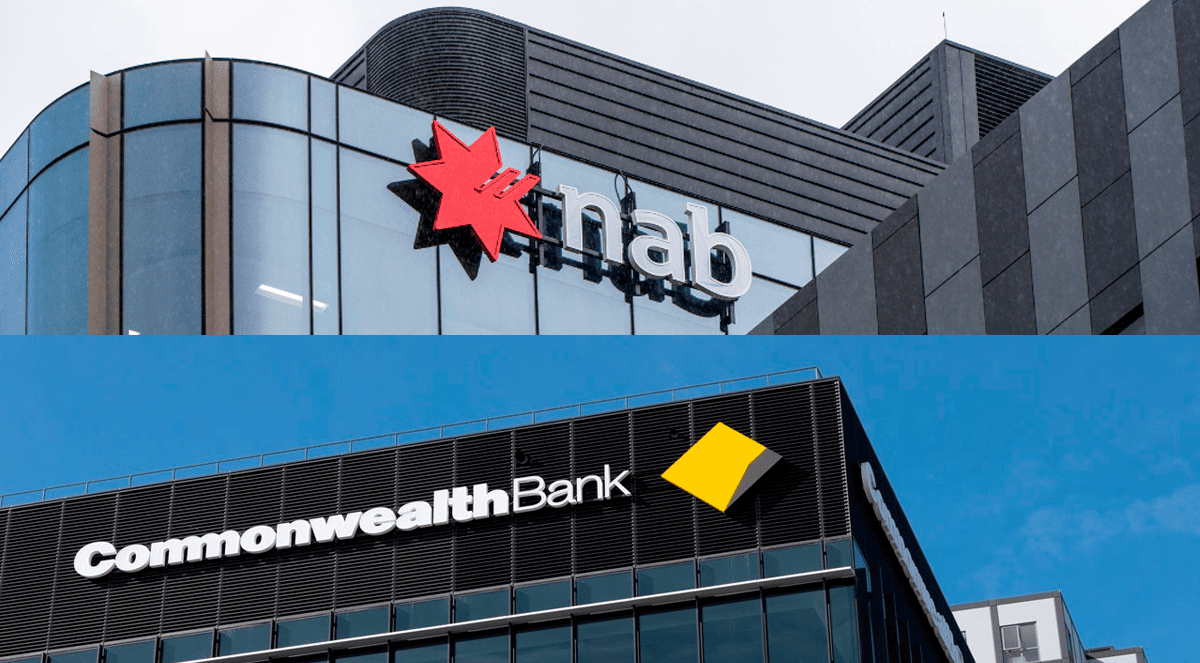
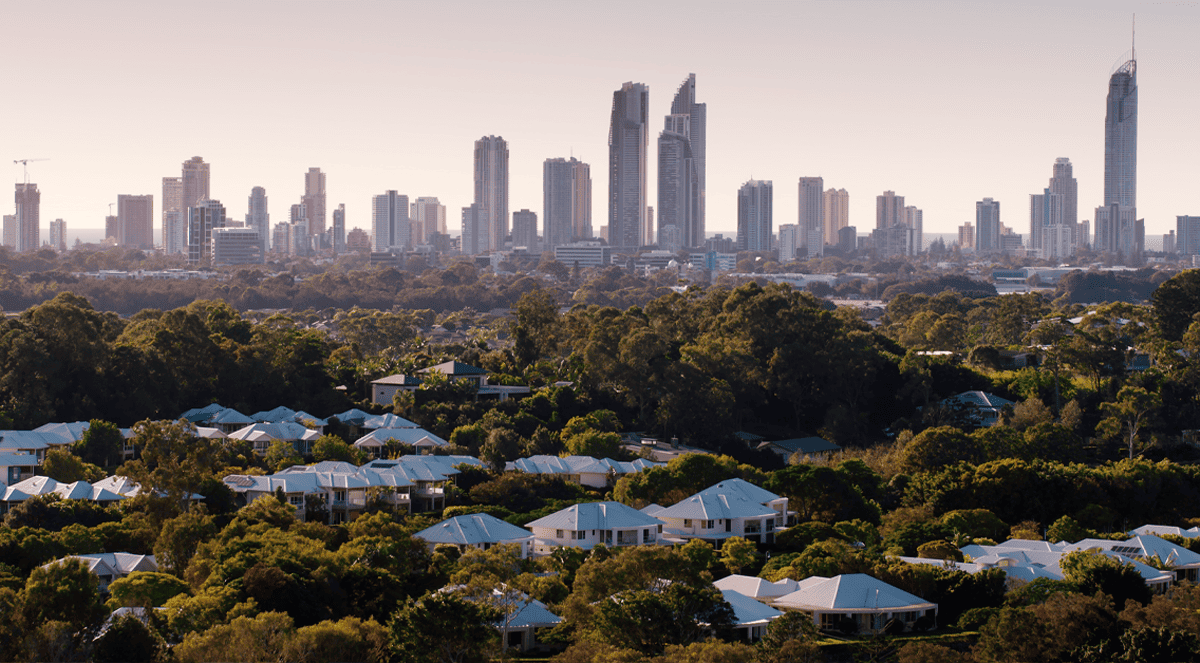
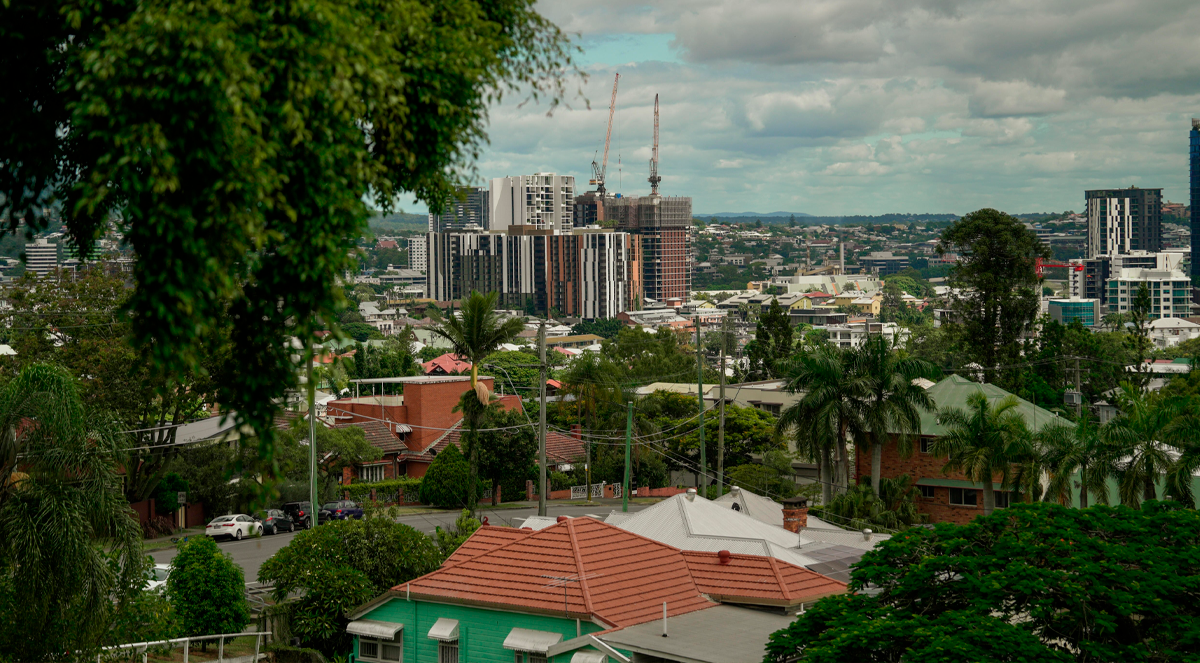
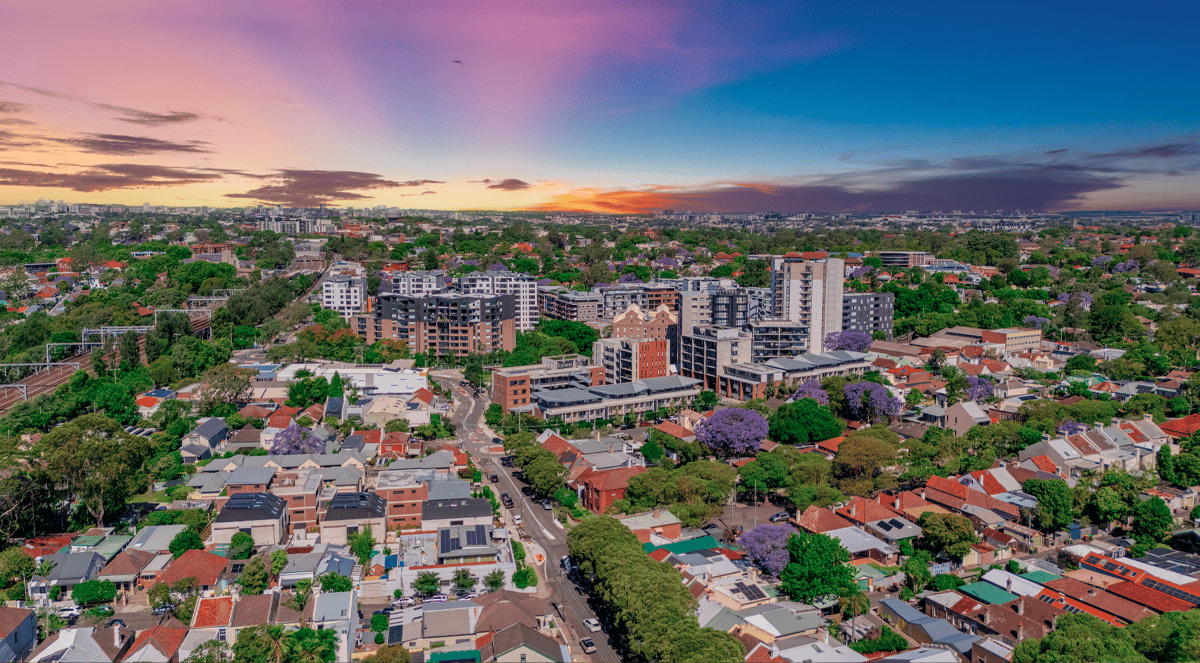
.jpg?width=1920&height=1080&name=Warning%2c%20You%20Might%20Be%20Facing%20Higher%20Taxes%20Soon%20(1).jpg)





.png?width=1920&height=1080&name=Rate%20Drops%20Signal%20BIGGEST%20Property%20Boom%20in%20DECADES%20(1).png)

.jpg?width=1920&height=1080&name=Labor%20vs%20Liberal%20These%20Housing%20Policies%20Could%20Change%20the%20Property%20Market%20Forever%20(1).jpg)
.jpg?width=1920&height=1080&name=QLD%20Slashes%20Stamp%20Duty%20Big%20News%20for%20Investors%20%26%20Home%20Buyers%20(1).jpg)
.jpg?width=1920&height=1080&name=Trump%20Just%20Slapped%20Tariffs%20%E2%80%93%20Here%E2%80%99s%20What%20It%20Means%20for%20Australia%20(1).jpg)
.jpg?width=1920&height=1080&name=Federal%20Budget%202025%20More%20Debt%2c%20No%20Housing%20%E2%80%93%20Here%E2%80%99s%20What%20You%20Need%20to%20Know%20(1).jpg)
.jpg?width=1920&height=1080&name=Australias%20Housing%20Crisis%20is%20about%20to%20get%20MUCH%20Worse%20(New%20Data%20Warns).jpg)
%20(1).jpg?width=1920&height=1080&name=Australias%20RENTAL%20CRISIS%20Hits%20ROCK%20BOTTOM!%20(2025%20Update)%20(1).jpg)
%20(1).png?width=1920&height=1080&name=Is%20Adelaide%20Still%20a%20Good%20Property%20Investment%20(2025%20UPDATE)%20(1).png)
.jpg?width=1920&height=1080&name=RBA%20Shocks%20with%20Rate%20Cuts!%20What%E2%80%99s%20Next%20for%20Property%20Investors%20(1).jpg)
%20(1).jpg?width=1920&height=1080&name=I%20Predict%20The%20Feb%20Rate%20Cut%20(My%20Price%20Growth%20Prediction)%20(1).jpg)
.png?width=1920&height=1080&name=Why%20Property%20Prices%20Will%20Rise%20in%202025%20Market%20Predictions%20(1).png)
.jpg?width=1920&height=1080&name=Why%20Investors%20Are%20Choosing%20Apartments%20Over%20Houses%202%20(1).jpg)
.jpg?width=1920&height=1080&name=Why%20Rate%20Cuts%20Will%20Trigger%20A%20Property%20Boom%20(1).jpg)
.jpg?width=1920&height=1080&name=Retire%20On%202Million%20With%20One%20Property%20(Using%20SMSF).jpg)
.jpg?width=1920&height=1080&name=4%20Reasons%20Why%20You%20Should%20Invest%20in%20Melbourne%20Now%20(1).jpg)
%20(1).jpg?width=1920&height=1080&name=Old%20Property%20vs%20New%20Property%20(Facts%20and%20Figures%20Revealed)%20(1).jpg)
%20(1).jpg?width=1920&height=1080&name=Will%20The%20New%20QLD%20Govt%20Create%20a%20Property%20Boom%20or%20Bust%20(My%20Prediction)%20(1).jpg)
%20Scott%20Kuru%20(1).jpg?width=1920&height=1080&name=Inflation%20Hits%20Three-Year%20Low%20(Will%20RBA%20Cut%20Rates%20Soon)%20Scott%20Kuru%20(1).jpg)
.jpg?width=1920&height=1080&name=How%20to%20Buy%20Investment%20Property%20Through%20SMSF_%20The%20Ultimate%20Guide%20(1).jpg)
.jpg?width=1920&height=1080&name=Victoria%20Slashes%20Stamp%20Duty%20Melbourne%20Set%20to%20Boom%20Scott%20Kuru%20(1).jpg)
.png?width=1571&height=861&name=Are%20Foreign%20Buyers%20Really%20Driving%20Up%20Australian%20Property%20Prices%20(1).png)
.jpg?width=1920&height=1080&name=The%20Single%20Factor%20That%20Predicts%20Property%20Growth%20Regions%20(1).jpg)
%20Scott%20Kuru%20(1).jpg?width=1920&height=1080&name=My%20Prediction%20On%20Rates%20%26%20Negative%20Gearing%20(Market%20Crash)%20Scott%20Kuru%20(1).jpg)

-1.png?width=1920&height=1080&name=Major%20Banks%20Cut%20Rates%20Will%20RBA%20Follow%20Suit%20(Sept%20Rate%20Update)-1.png)
%20Scott%20Kuru-1.png?width=1920&height=1080&name=Rate%20Cut%20Coming%20What%20New%20Zealands%20Move%20Means%20for%20Australia%20(Sept%20Prediction)%20Scott%20Kuru-1.png)
%20(1).jpg?width=1920&height=1080&name=Buy%20when%20the%20interest%20rates%20are%20high!%20(Why%20you%20must%20buy%20now!)%20(1).jpg)
.jpg?width=1920&height=1080&name=Carms_Revised%20Taxes%20Due%20Aug%209%20YT%20Thumbnail02%20(1).jpg)
.jpg?width=1920&height=1080&name=Carms_Too%20Little%20Too%20Late%20Aug%207%20YT%20Thumbnail01%20(1).jpg)









.jpg?width=1920&height=1080&name=Carms_Rate%20Drop%20In%20July%20Jun%2010%20YT%20Thumbnail02%20(1).jpg)
.jpg?width=1920&height=1080&name=Carms_Own%20a%20Property%20V6%20Jun%205_YT%20Thumbnail%20(1).jpg)









.png?width=1920&height=1080&name=Artboard%201%20(3).png)






.jpg?width=1920&height=1080&name=YT%20thumbnail%20%20(1).jpg)

